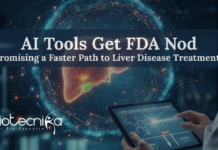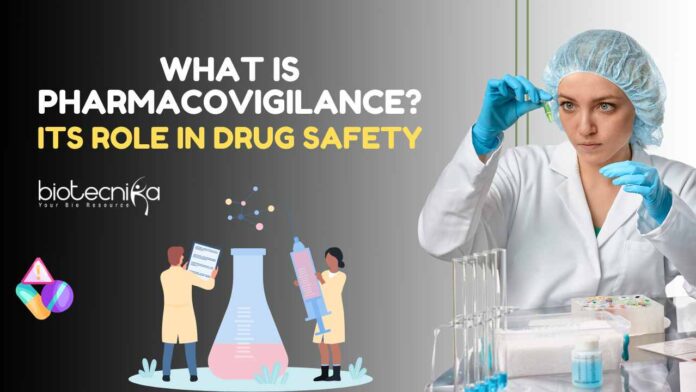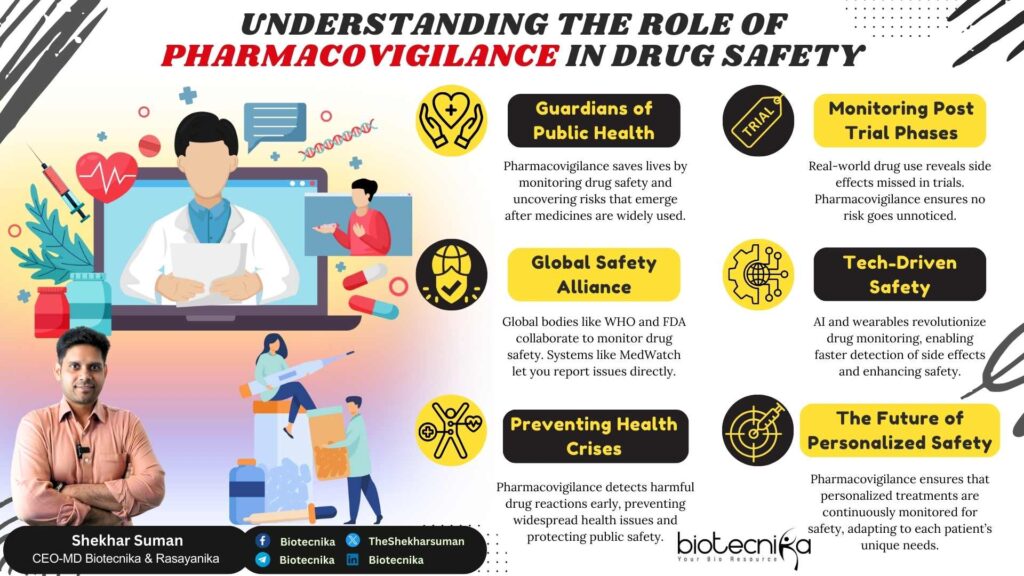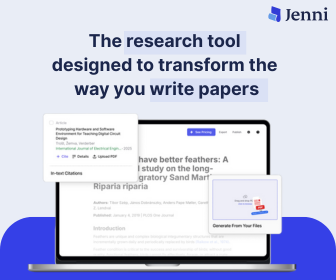Table of Contents
What is Pharmacovigilance? Understanding Its Role in Drug Safety
Do you have faith in the Global Healthcare system? You might have your trust in a specific medication, believing it will heal you, but what if, later on, you discover that its dangers are still being analyzed? What if these medications could threaten your health, put your well-being, or even your life in danger? This is the harsh reality for the drugs once they are launched in the market. While clinical trials provide a glimpse into potential risks, the broader and real-world experience often uncovers the full extent of their safety, efficacy, and dangers. By the time these risks come to the limelight, it’s usually too late for many people.
We all believe in the Global Healthcare System and that it will heal us. However, the reality is that even the most rigorously scrutinized drugs and treatments can harbor unexpected risks once they reach the global healthcare market. The journey of a drug from discovery to patient use is complex, lengthy, as well as meticulous. At the core of this medication path lies Pharmacovigilance (PV), a crucial field that ensures the safety of medicines once they are launched in the global market. Pharmacovigilance is the Science that monitors drugs once they are launched in the local or international market, protecting millions of lives by detecting adversities and side effects others might miss. Are you curious about how the whole process works? Keep reading to learn how Pharmacovigilance shapes drug safety.
What is Pharmacovigilance?
According to the World Health Organization (WHO), Pharmacovigilance is “the Science and activities relating to the detection, assessment, understanding, and prevention of ADRs (Adverse Drug Reactions) or any other drug-related problems.”
Pharmacovigilance plays an important role in safeguarding public health by ensuring that the medications used are effective, pure, and safe to use. The main aim of Pharmacovigilance is to ensure medicines’ effectiveness and safety. PV involves collection as well as analysis of data on the side effects of medications, identifying patterns, as well as assessing potential risks associated with their use.
Pharmacovigilance generally tests a new drug in a controlled volunteer/participant group. The clinical trials provide essential safety data but mainly involve a narrow range of participants/volunteers and a small sample size. Once a drug is officially approved and enters the broader population, it is exposed to a diverse group, including people with multiple health conditions, children, the elderly, as well as pregnant women, all of whom may respond to the drug differently. Pharmacovigilance continuously monitors as well as assesses the drug’s performance and effects across various demographics.
Pharmacovigilance’s Role in Drug Safety
-
Adverse Drug Reactions (ADRs):
Pharmacovigilance’s one of the main roles is to understand as well as identify ADRs, which are reactions having harmful effects resulting from the use of a medication and are unintended. Through robust monitoring systems, PV ensures that any potential risks associated with drugs are quickly addressed as well as identified. ADR identification is particularly essential during the early post-marketing phases when the drugs are exposed to a large population.
-
Developing & Implementing Safety Protocols
Pharmacovigilance professionals work diligently to develop as well as implement safety protocols that minimize medical reaction risks. They provide guidelines for Healthcare professionals on managing ADRs, training for PV professionals to handle safety-related situations, as well as strategies for prescribing medicines and treatments responsibly. PV professionals also provide risk minimization measures like drug dosage adjustments, special monitoring for vulnerable and critical patients, as well as clear and detailed patient information leaflets.
-
Continuous Monitoring & Assessment
Pharmacovigilance involves continuously monitoring drugs throughout their development, production, and market lifecycle. Pre-market clinical trials provide initial safety data; however, the fundamental analysis begins post-marketing, when diverse populations administer the drug. Real-world evidence from patient experiences is continuously analyzed to detect emerging safety issues. This ongoing vigilance helps maintain a drug’s safety profile by evolving drug usage patterns.
-
Risk Communication & Mitigation
Pharmacovigilance plays a vital role in communicating risks to stakeholders, such as Healthcare providers, Regulatory authorities, as well as patients. Timely and proper communication ensures that everyone involved in the scenario can take necessary actions to manage potential harm caused by medication. Public Health advisories, updated package inserts, as well as direct communications with Healthcare providers are some of the standard methodologies used to propogate essential safety information.
Key Steps in Pharmacovigilance
-
Adverse Drug Reaction Reporting Systems
ADR reporting systems allow healthcare professionals, as well as patients to report any negative experiences with medications. Examples include the FDA’s MedWatch, WHO’s Vigibase, and EMA’s EudraVigilance. Streamlined reporting processes as well as increased public awareness campaigns, aim to reduce underreporting.
-
Signal Detection and Analysis
Pharmacovigilance professionals utilize advanced Data Analysis techniques to detect signals, patterns, and trends that suggest potential drug safety concerns. These signals and detections are rigorously evaluated through risk analysis as well as causality assessments to determine their significance and to decide further measures. Tools such as statistical models as well as data mining algorithms are critical in improving signal detection accuracy.
-
Risk Management Plans (RMPs)
Pharmaceutical companies should develop RMPs for their drugs, which are the strategies utilized for assessing, identifying, analyzing, as well as minimizing adversities associated with the drug. They include certain measures like additional clinical studies, patient monitoring schemes, as well as educational programs for prescribers to ensure drug efficacy and safety.
Pharmacovigilance Authorities
Various international and national Regulatory authorities monitor Pharmacovigilance activities. Some esteemed Regulatory authorities include:
- CDSCO: The Central Drugs Standard Control Organization (CDSCO) is responsible for Pharmacovigilance activities in India through its PvPI (Pharmacovigilance Programme of India) program.
- FDA: The Food and Drug Administration (FDA) operates the MedWatch program as well as ensures compliance with the safety regulations.
- EMA: The European Medicines Agency (EMA) manages EudraVigilance for ADR reporting in the European Union regions.
- PDMA: Pharmaceuticals and Medical Devices Agency (PMDA) Oversees Pharmacovigilance in Japan region.
- WHO: The World Health Organization (WHO) maintains the global database of ADRs as well as promotes International harmonization of PV practices.
Challenges in Pharmacovigilance
-
Underreporting
Underreporting is a prime challenge in Pharmacovigilance due to lack of awareness, time constraints, or fear of liability among healthcare professionals. To address underreporting, the local and international Regulatory bodies as well as organizations conduct awareness campaigns, simplify reporting processes, as well as incentivize reporting through tools and technologies such as mobile applications that make ADR submissions user-friendly.
-
Complex Data Management
The amount of safety data generated globally is humungous and is challenging to manage as well as analyze. Advanced tools and technologies such as AI (Artificial Intelligence) & ML (Machine Learning) are increasingly employed to streamline health data processing. Futuristic tools and technologies enhance the accuracy as well as speed of signal detection, enabling timely interventions.
-
Global Variability
Differences in the healthcare systems, regulatory frameworks, as well as ADR reporting practices across various countries pose difficulties to global harmonization. Collaborative efforts like those led by the ICH (International Council for Harmonisation) aim to standardize Pharmacovigilance practices. International platforms such as the WHO’s Vigibase foster global collaboration as well as facilitate data sharing. For example, while the US and the European Union have made significant efforts toward harmonization through shared databases such as MedWatch and EudraVigilance, there could be differences in developing countries having limited resources. These developing countries are often deprived of the advancements and face challenges including underreporting due to lack of economy, infrastructure, as well as awareness.
Broader Impact of Pharmacovigilance
Pharmacovigilance extends its role beyond patients’ safety. It aids in reducing Healthcare expenditures by identifying as well as eliminating drug risks early and preventing hospitalizations due to ADRs or other medication reasons. Safety data also drives Pharmaceutical innovation and provides insights into developing enhanced drugs. Robust Pharmacovigilance Pharmaceutical companies rationalize their expenditure by minimizing the long-term costs associated with protocols or legal liabilities.
Pharmaceutical Pricing and Access
A robust Pharmacovigilance system can influence drug costing as well as accessibility, especially in low-income and limited Healthcare budgets countries. PV ensures drug efficacy and safety, and helps prevent costly withdrawals as well as recalls, making medication more affordable. Furthermore, by monitoring as well as mitigating drug reaction risks, PV contributes in ensuring that essential drugs remain available to underserved populations as well.
Innovations
Pharmacovigilance focuses on patient-centric approaches, smart wearables, mobile applications, as well as digital tools and technologies to enhance patient participation and data collection. Tools such as myMedList and MedWatcher help patients report ADRs directly, which makes the healthcare process more enhanced and accessible. MedWatcher is a platform wherein users can track medication safety, report side effects, as well as receive alerts on drug warnings.
Smart wearables such as Apple Watch and Fitbit are being used to track patient health metrics that can reveal potential ADRs in real-time. These smart devices can seamlessly integrate into Pharmacoviglance efforts by sending data as well as continuously monitoring physiological changes directly to the healthcare professionals or PV systems. These innovations transform patient behavior by making them active participants in their healthcare journey, enhancing the speed and accuracy of ADR detection.
Why Should You Care About Pharmacovigilance?
Pharmacovigilance is not just a regulatory responsibility or professional, but it is a societal imperative that affects each one of us. Here’s why it matters:
- Ensures Safer Medications for Everyone: Every ADR reported contributes to a broader understanding of drug efficacy and safety. The information helps improve medications as well as ensure that they are safer and effective for people.
- Empowers Patients: By staying informed about Pharmacovigilance, you actively participate in your healthcare system. Reporting any adverse effects you experience can prevent similar harm and effects to others as well as improve overall treatment protocols and processes.
- Supports Public Health: Pharmacovigilance helps prevent large-scale health crises caused by harmful or unsafe drugs. PV acts as a safety net, thereby identifying issues before they escalate in the market.
- Advances Medical Research: The data collected through Pharmacovigilance activities provides insights for medical research development. It guides pharmaceutical companies in developing designer drugs and refining therapies.
- Fosters Accountability: Regulatory authorities and pharmaceutical companies are held to higher standards of transparency and accountability because of Pharmacovigilance. This ensures that patient welfare remains a top priority.
- Enhances Trust in Healthcare Systems: A robust Pharmacovigilance framework reassures patients and healthcare providers that safety concerns are addressed, strengthening trust in medicines and the healthcare system.
- Encourages Global Collaboration: Pharmacovigilance is a global effort. Contributing to it makes you part of an international network working towards safer healthcare solutions for everyone.
Break Into Pharmacovigilance – No Experience Needed!
Get 100% Placement Support + Work on LIVE PROJECTS
Last Chance to Join the May 15 Batch!
60-Day Online Intensive | Limited Seats
Speak to a PV Expert → https://btnk.org/contact-PV-Expert
Apply Now → https://btnk.org/PV-training-project
Pharmacovigilance is key to patients’ safety as well as public health. By identifying risks, taking decisive regulatory actions, as well as implementing safety protocols, Pharmacovigilance ensures that the drugs we use are effective, safe and free of harm or ADRs. As we move towards a future of Personalized Medicine as well as futuristic and advanced Therapeutics, the role of Pharmacovigilance will become more essential. We should stay vigilant, stay informed, as well as support the efforts of Pharmacovigilance—because drug safety is a responsibility we all share.


























